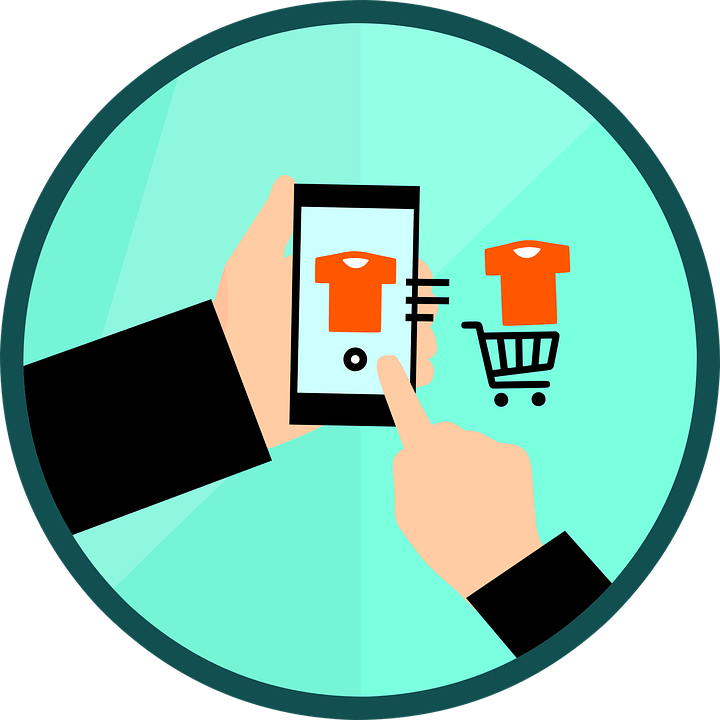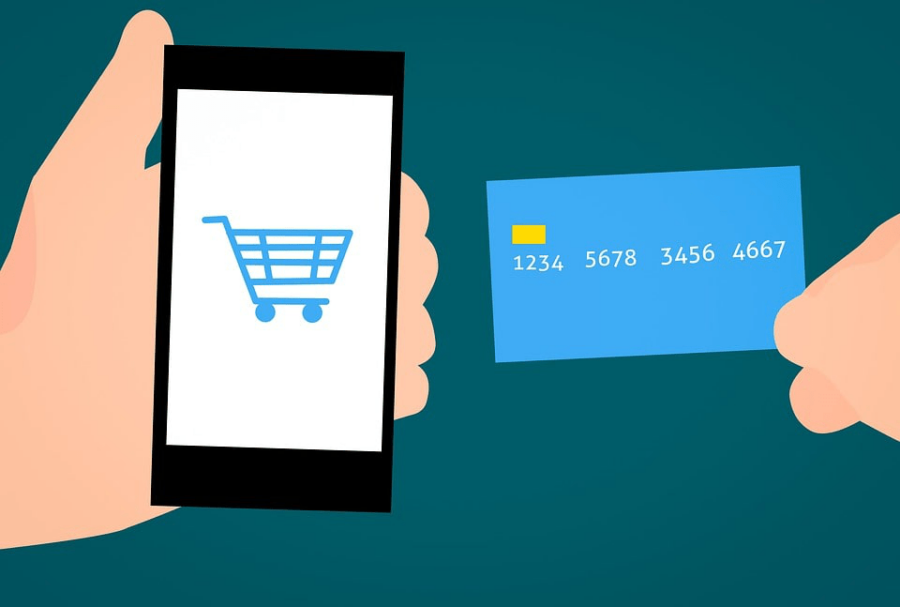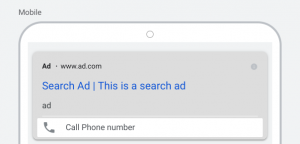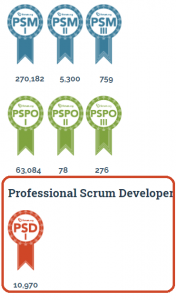Long gone are the days of shouting out your promotional materials at the empty void with hopes that the people who may hear it also happen to be interested in your product. Nowadays, many marketing strategies revolve around finding ways to promote your product directly (and sometimes exclusively) to those most likely to be interested in buying it.
One of the best marketing strategies towards this goal is affiliate marketing. Millennials and Gen-Z—who account for the largest percentage of buyers in most markets—are most likely to use ad-blockers, completely rendering more traditional means of marketing useless. And, with workplace email statistics showing significantly lower email usage in younger generations, the prospects of email marketing are also called into question. Meanwhile, affiliate marketing thrives in conditions rife with ad-blockers and unopened emails.
That being said, a mishandled affiliate marketing campaign can quickly be rendered ineffective. The upside here is that failed affiliate marketing campaigns cost you very little. But that’s not why you clicked on this article. You clicked because of the implied promise that this article will help you turn your affiliate marketing campaign into a huge success. And that promise shall be respected and fulfilled within this text.
But first, let’s make sure we’re all on the same page by going through the basics of affiliate marketing and its relevant terminology.

Affiliate Marketing 101
Here are the basics of how affiliate marketing works:
- You’ve got a product you wish to promote
- You agree to pay promoters (hereinafter referred to as affiliate publishers) a small commission upon every purchase they direct your way
- Hungry for these commissions, affiliate publishers drive traffic to your website
Even though it can be boiled down to just three steps, this marketing strategy is as effective as it is simple. The key to its effectiveness lies in the strong incentive affiliate publishers have to drive sales.
Influencers with a strong enough following can leverage their popularity to earn a comfortable living off of affiliate commissions even while sleeping, which is a dream come true for many of them. However, it’s not the most universally popular influences that serve as the backbone for the most successful affiliate marketing campaigns. Rather, it’s influencers popular in your particular niche that bring in the most revenue.
It doesn’t take a genius to see how targeted ads are more effective than regular ads. You can liken affiliate marketing to targeted ads by making sure your products are promoted to the right crowd. If the audience cares about your product, they are much more likely to buy it. And hugely popular influencers tend to attract a more general audience.
Therefore, the first step towards a successful affiliate marketing campaign is identifying your audience.
How to Identify Your Audience
There is no shortage of tactics you can use to identify your audience and adjust your product to better suit their needs. As this is just one of the necessary steps towards the actual meat and potatoes of this article, we’ll only mention a couple of key ones.
Use Analytics Tools
The first and most successful step towards identifying your audience comes from using analytics tools.
E-commerce analytics tools like Optimizely, Glew.io, and Google Analytics are some of the most popular examples. The benefits they provide include the following:
- Identifying reasons for shopping cart abandonment
- Tracking which devices drive the most traffic
- Tracking which devices have the highest conversion rate
- Highlighting the engagement (or bounce rate) of each page
- Comparing on-site sales performance
- Tracking sales from different retailers
- Reviewing purchases for specific customer segments
- Reviewing marketing performance across Google Ads, Instagram Ads, etc
All of this is data you can use to ascertain (among other things) who your audience is. Adding an option to create an account on your store will also help you identify the demographic of your returning customers, i.e. the ones most likely to make the account.
Listing out all the functionalities of all the e-commerce analytics tools would make for a list of seismic proportions, but the bottom line is this—statistics help. Without them, you’re more or less shooting in the dark. But stats can help direct your efforts in a meaningful way. Best of all, stats don’t lie.

Create Buyer Personas
As great as stats are, however, it’s important to remember that you aren’t marketing to numbers. You’re marketing to people; it’s easy to lose sight of this sometimes. And nothing helps you stay on top of this as consistently as buyer personas.
In short, a buyer persona is a fictive bio of your potential customer. The bio should contain more than just the person’s name, age, occupation, and other basic info. It should also describe the buyer persona’s hobbies, interests, means of procrastination, and pain points. In case you’re running a B2B business, you’ll also need to take into account how high-up in the company hierarchy this persona is. This benefits you insofar as it helps reaffirm who your marketing efforts are supposed to target.
You can find loads of buyer persona examples online—it’s as easy as typing in business persona examples on Google Images. The best examples always have images attached to them, to help humanize the persona even more. A well-constructed bio will make you consider how you can tailor your product to best address the needs and pain points of said persona.
How to Adjust Your Product to Your Audience’s Needs
Now that you know who your audience is, it’s time to get their attention. The best way to do this is by addressing their pain points, which we’ve mentioned while discussing buyer personas. Pain points are best described as problems that customers in your market deal with.
They are generally divided into four categories:
- financial pains
- productivity pains
- process pains
- support pains
Identifying Pain Points
To illustrate how these points are different from one another, let’s run them all through the basic example of wanting to buy a T-shirt online. It helps to do this from the perspective of the customer, so that’s how the examples will be structured.

Financial pains
You find a design you like but you want it in a different color. To change the color, you as a buyer are charged an extra fee. You don’t feel too good about this. Financial pains also extend to the quality of the product. If the design starts to wear off after the T-shirt gets washed a few times, that’s also a financial pain—you don’t want to pay full price for a T-shirt that can’t last a month.
Productivity pains
You’ve bought the shirt; it looks nice; the design doesn’t wear off. But it wrinkles like crazy and takes way too long to iron. That’s a productivity pain—the customer needs to consistently invest time and effort to fix something they don’t like about the product.
Process pains
So you’ve selected the T-shirt you wish to buy, but… oh wait… what’s this? You need to create an account before you can make a purchase? A pop-up is asking you to subscribe to the store’s newsletter. You’re faced with a need to make several unnecessary clicks when all you want is to buy the T-shirt and move on with your life? This is a process pain. The product itself may well be excellent, but the process of acquiring it is annoying.
Support pains
We’re back to the first step. You want to buy the T-shirt in another color but you don’t know how to do it. Perhaps the option is there but you haven’t got the time to sift through the entire catalog. You want to ask customer support about it, but it only works a single 8-hour shift. Oh well, if you still feel like buying a shirt now,you may as well try another store.
Making the Adjustments
Once you’ve figured out what it is about your product/service (or similar products/services) that makes your customers groan, sign, or screech, it’s time to make some adjustments. Some of the potential solutions to the aforementioned pain points include:
- keeping the price consistent across all color options
- using a different type of fabric
- enabling users to make purchases at the single click of a button
- keeping your call center open longer by hiring more people and adding extra shifts
A good way to identify pain points is by conducting customer surveys (in an unobtrusive way that wouldn’t constitute a process pain in and of itself).
Then, once you have a product that addresses your ideal customers’ pain points, all you have to do is grab their attention.
Aiming the Affiliate Campaign at the Right Crowd
If you’ve done everything up to this point correctly, the rest should be smooth sailing. You know you have a product your customers are waiting for. You’re basically preaching to the choir at this point. But as already mentioned, in an affiliate marketing campaign, you’re not the one who will do the preaching.

Try Affiliate Networks
Affiliate networks are like Tinder for affiliate marketing—they help match merchant affiliate programs with prospective affiliate publishers. Once you sign up and get accepted, you can add your affiliate programs to the network for all the publishers to see. Publishers then pick and choose which program to promote.
Each publisher is tied to a unique ID which is used to keep score of their sales for any given program. When shoppers use their referral links to navigate their way to your online store, their purchases will be marked. This way, the affiliate network knows exactly how many sales can be attributed to the publisher.
Some of the most popular affiliate networks include Amazon Associates, ShareASale, and Awin. Different networks may have different commission rates, minimum payouts, and/or cookie durations. Choosing the platform that best fits your product is paramount, but do be mindful of the adage about putting all your eggs in one basket. Nothing is stopping you, an affiliate merchant, from promoting your affiliate program through several affiliate networks.
This is where many marketing campaigns end, relying on affiliate networks to take care of everything. But while these networks are undeniably useful, there is one other way to kickstart your affiliate marketing campaign.
Reach Out to Certain Publishers
The goal of this article is not to get the biggest crowd informed about your product; it’s to get the right crowd informed about your product. It’s in the publishers’ best interest to advertise your product to the right people—they are paid per commission, after all—but affiliate networks may not pair you with the most suitable publishers.
One way to ensure your marketing campaign finds its way to the intended audience would be by reaching out to certain publishers directly. This can be a laborious task, but one that’s bound to pay off. And, once again, you’re not looking to get in touch with the most popular influences. Chances are their followers won’t all be interested in your product.
What’s proven more effective when it comes to affiliate marketing is partnering up with publishers who are trusted and respected experts in a field or community pertaining to your niche. This way, you can guarantee that the audience exposed to your product is the audience most likely to buy it.
The more niche the product and the publisher marketing it are, the better. Think security experts endorsing your state-of-the-art security system, save-the-bees activists promoting your beeswax wraps, or yoga instructors selling your non-slip yoga mats.
Improve Your Mobile Experience
Last but not least, you need to ensure that the process of buying your product on mobile is as streamlined as you can make it. It cannot be understated how ubiquitous buying via mobile is. Mobile sales account for over two-thirds of overall e-commerce revenue in 2021. Electing to ignore this can only be detrimental to your business.
Ideally, after they click on the affiliate link, buyers should only have to click buy. Every additional click they have to go through means you are losing customers. If your site doesn’t load quickly on mobile, that’s even worse.

Final Word
In summary, Millennials currently hold the largest purchasing power, with Gen-Z lagging not too far behind. These generations do most of their shopping online. Likewise, both generations are highly ad-averse.
Marketing to such a demographic requires specific approaches, few of which stand out as much as affiliate marketing. By identifying your audience and adjusting your product to address their pain points, you can greatly increase the chances that your affiliate marketing campaign will end in success.
Digital & Social Articles on Business 2 Community
(45)







